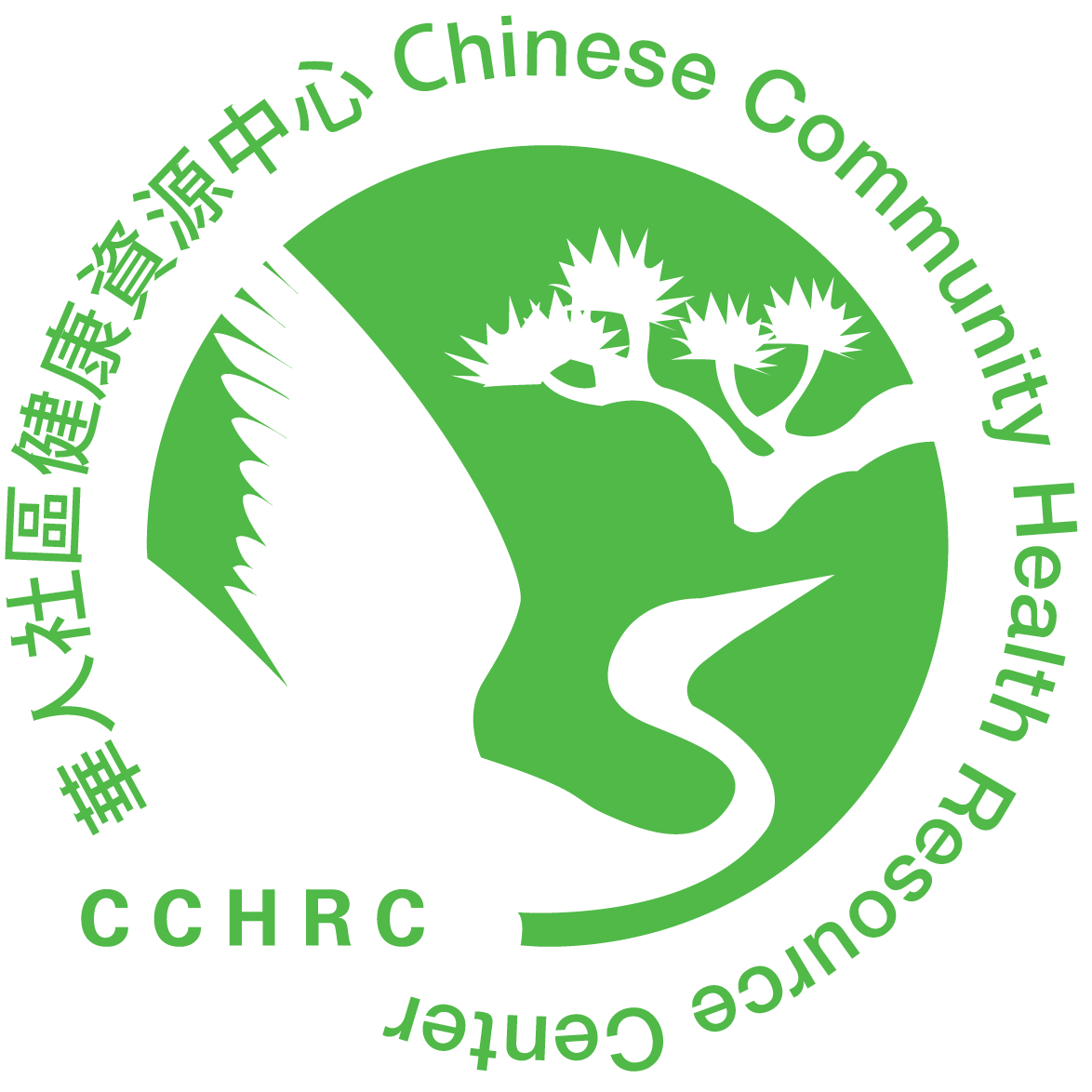The kidneys remove waste, excessive water, and substances from the body, turning them into urine. They also control blood pressure. Chronic kidney disease (CKD) occurs when the kidneys become damaged and lose their functions over the years. The final stage of CKD is known as end-stage renal disease (ESRD).
Causes of ESRD
Diabetes and high blood pressure are the most common causes of ESRD. Conditions such as heart disease, infections, trauma, genetic, and autoimmune diseases can also lead to ESRD.
Symptoms of ESRD
Persons with CKD may not experience any symptoms until the later stages. The symptoms are usually related to extra waste and fluid in the body. Common symptoms include:
- Feeling very tired
- Itchy and dry skin
- Unintentional weight loss
- Poor appetite
- Nausea and vomiting
- Swelling of the ankles and feet
- Too much or too little urine
- Very cloudy or foamy urine
- Shortness of breath
Diagnosis of ESRD
The following tests may be done to determine kidney function and damage:
- Urine test to check for protein and blood
- Blood test to measure kidney function (serum creatinine level or glomerular filtration rate – GFR)
- X-rays
- Ultrasound
- Kidney biopsy
Complications of ESRD
- Anemia
- High potassium and phosphorus levels in the blood
- High blood pressure
- Bone problems
- Heart disease
- Fluid buildup
Treatment of ESRD
Currently, there is no cure for ESRD. If you have ESRD, you may need dialysis or a kidney transplant. These treatments can prolong life. Discuss with your healthcare provider to see which treatment is best for you.
Dialysis may be necessary when the kidneys have less than 15% of their function left. Dialysis helps to:
- Remove extra fluid and waste from the body
- Maintain proper amounts of minerals and vitamins
- Control blood pressure
- Produce red blood cells
There are two different types of dialysis:
Hemodialysis – Blood from the body passes through a tube into a filtering machine to be cleaned. The cleaned blood then returns to the body. This treatment usually takes place in a dialysis center or hospital 3 times per week for about 4 hours at a time.
Peritoneal dialysis – A sterile cleansing solution passes into the abdomen or belly through a catheter tube. The inside lining of the belly works as a natural filter. The solution remains in the abdomen for a period of time to exchange substances and filter out the waste into the solution.
When the exchange/ filtering process is complete, the solution containing waste product is drained out from the belly through the catheter tube. This treatment can be done at any appropriate location scheduled by your physician 3-5 times a day for 30-40 minutes at a time.
Kidney Transplant is a surgery where a healthy kidney from a donor is placed into a person with ESRD. The donor needs to be in good health and a good match. If the transplant is successful, the recipient may return to a more normal life.
Renal Diet
Persons with ESRD need to follow a special diet to slow kidney damage and prevent waste and fluid buildup. A dietitian can help design a special meal plan. The diet may limit:
- Calories and protein
- Sodium, potassium, phosphorus, and other electrolytes
- Fluids
Additional Treatments
- Calcium and vitamin D supplements
- Medications to control phosphorus levels, blood pressure, blood sugar, and blood fats
- Iron supplements, erythropoietin injections, and blood transfusions for anemia
For more information
American Kidney Fund www.kidneyfund.org
Copyright © 2016-2020 Chinese Community Health Resource Center
If you would like a copy of this health article, please click on the PDF button in the language you prefer. To view the PDF document, you’ll need Adobe Acrobat, which you can download here.
Bilingual:




